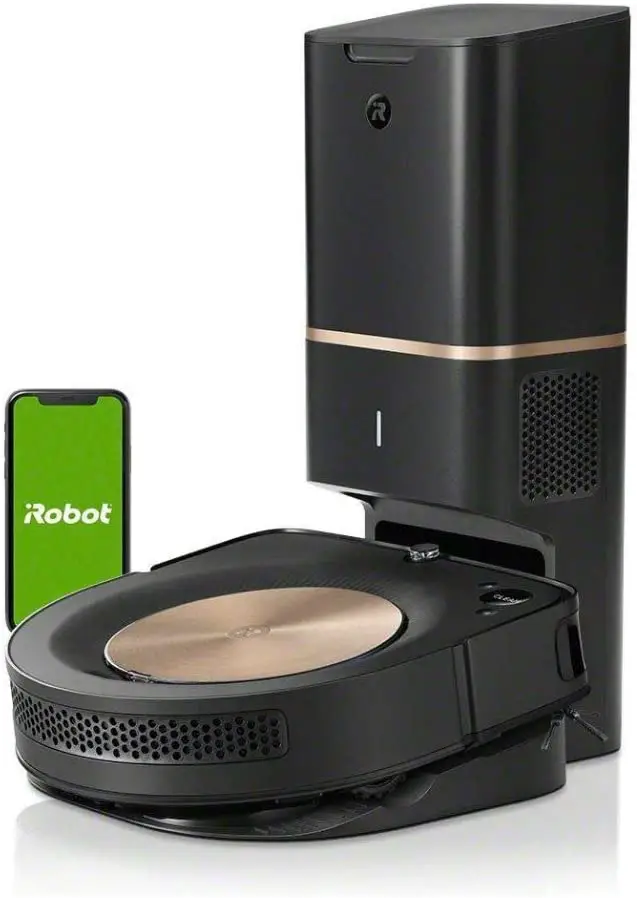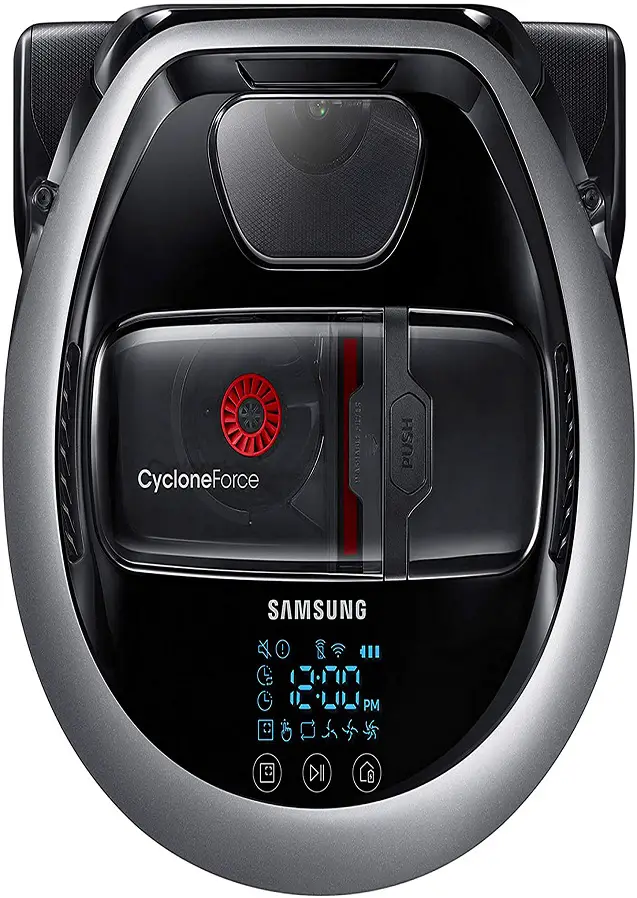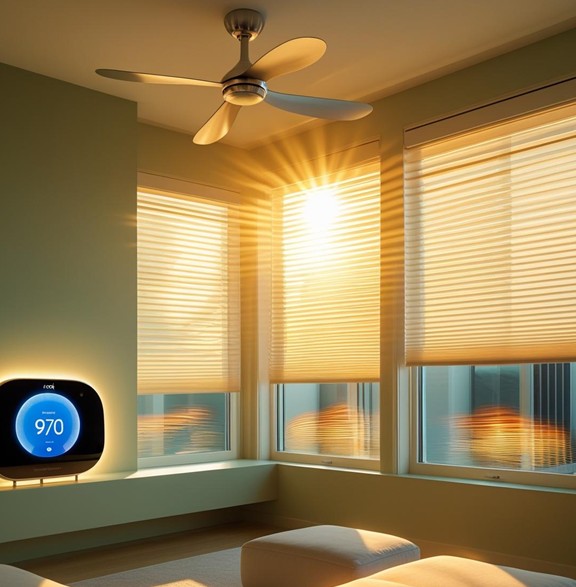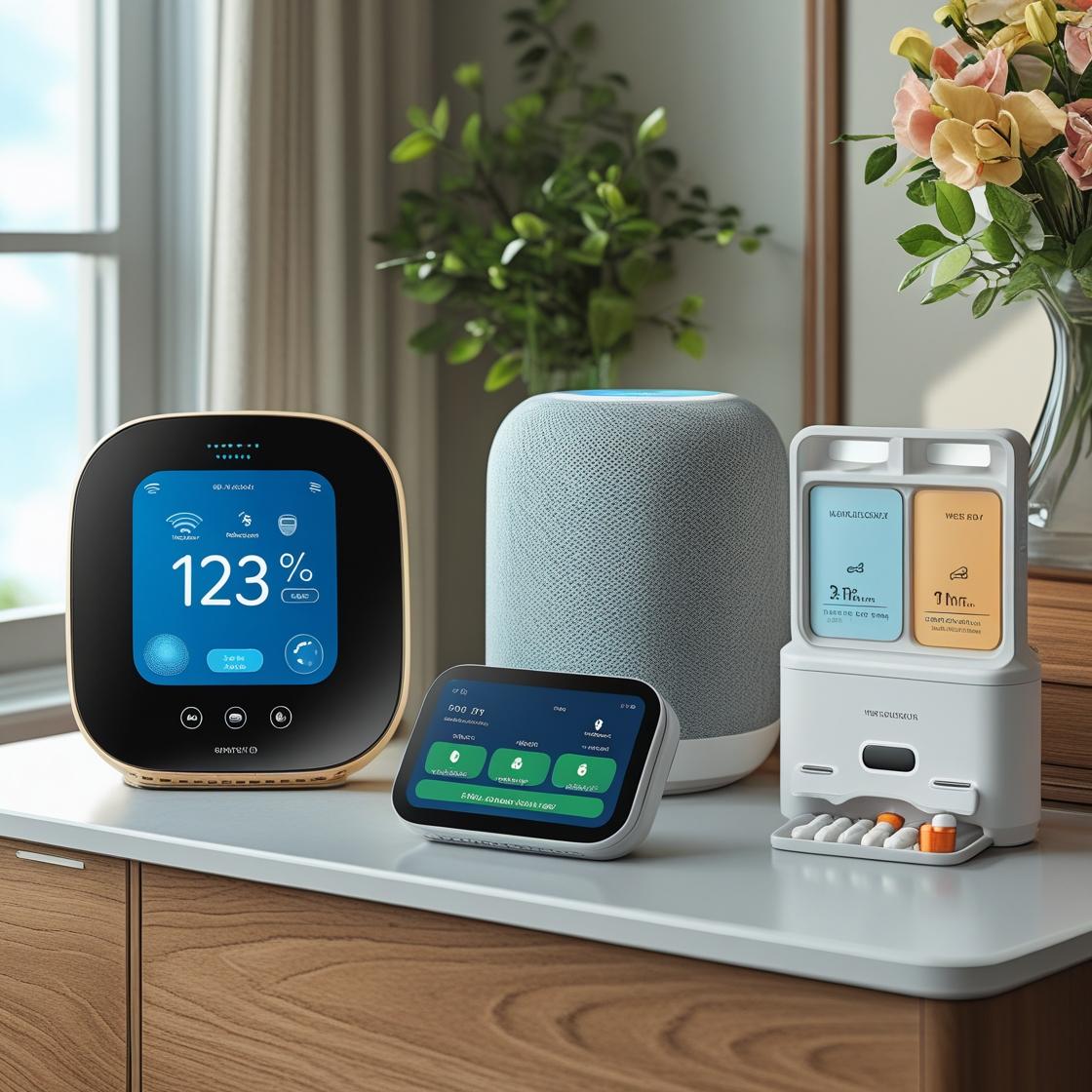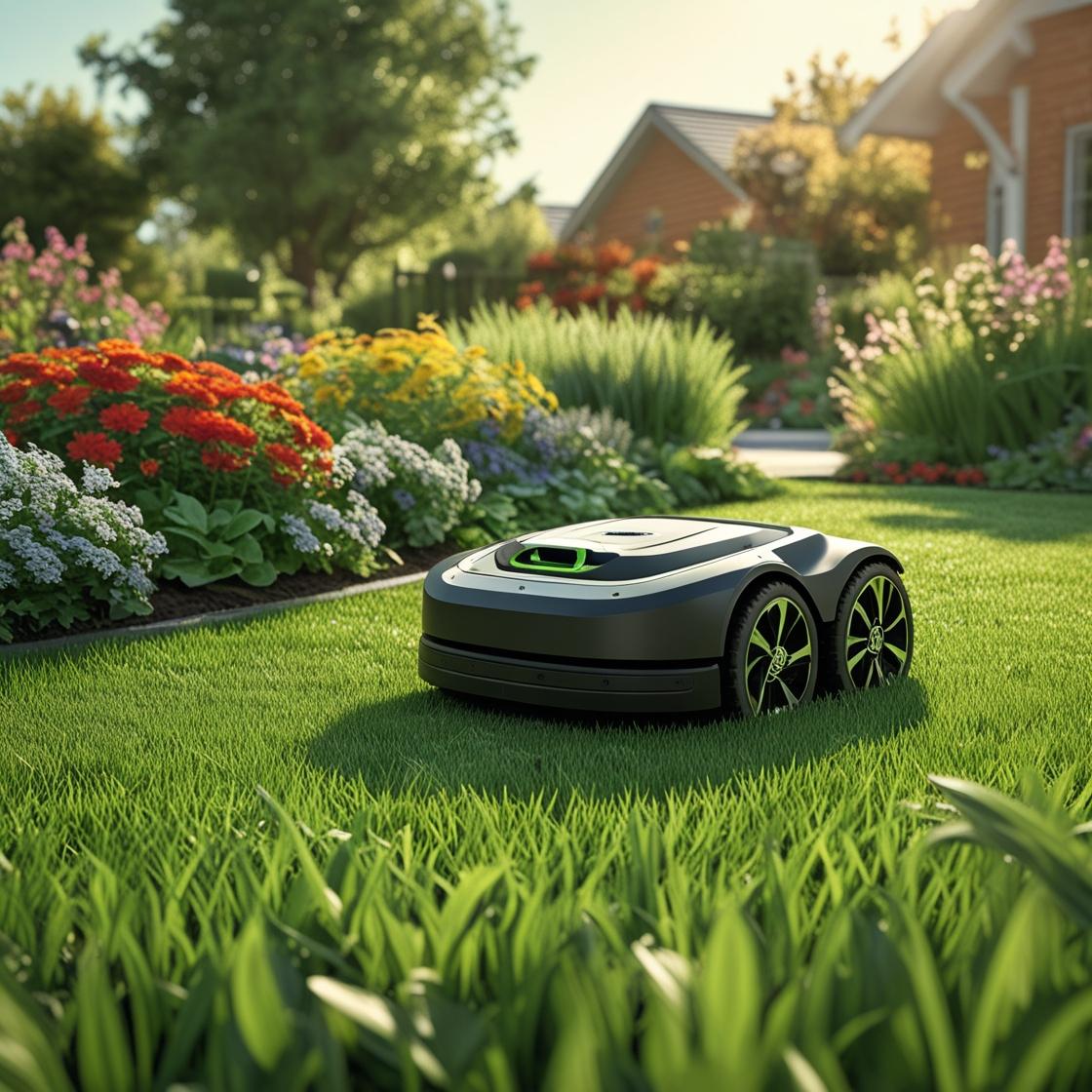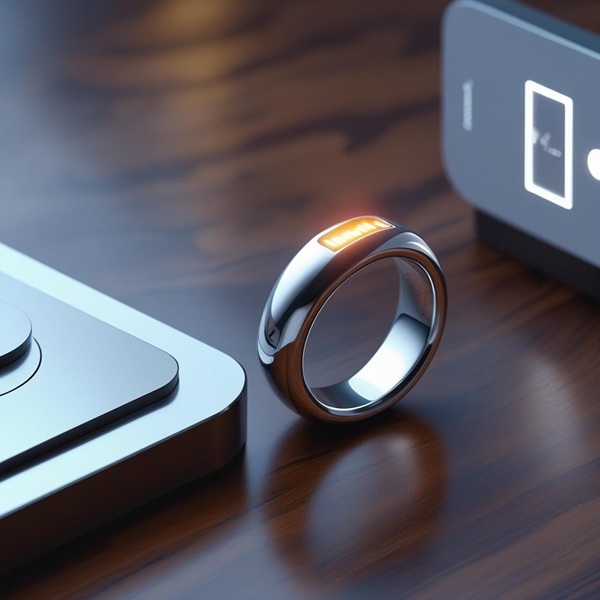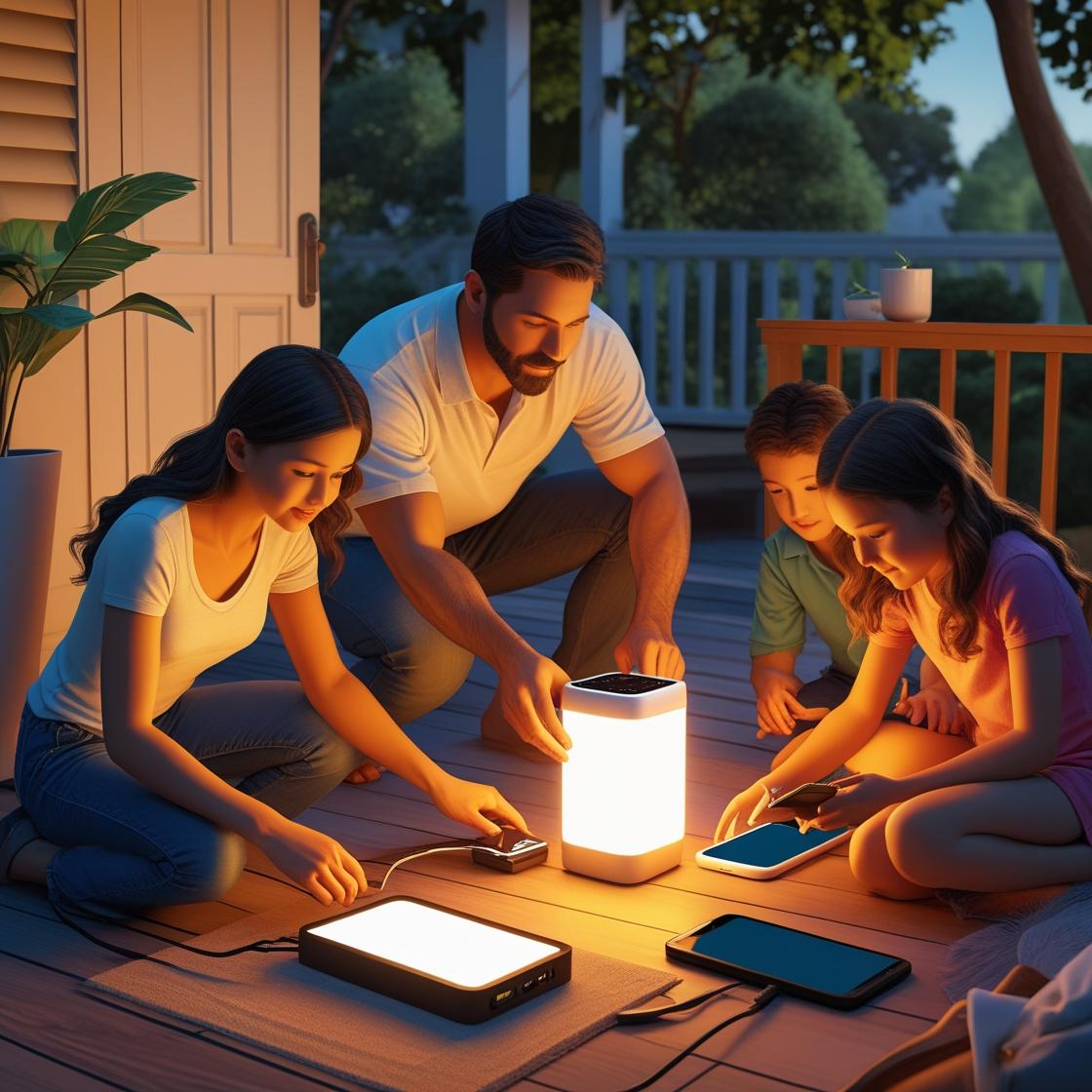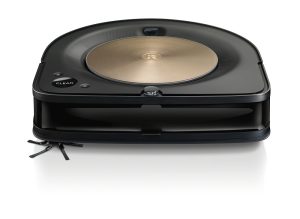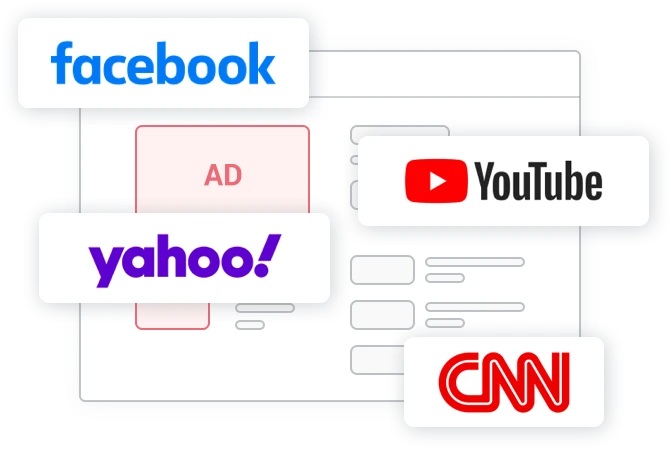High-powered robotic cleaners revolutionized the way we clean our home and you could say that smart vacuum cleaners are practically a must in most households.
Of course, the most recognizable of the robotic cleaners is Roomba. But with nearly ten years on the books since its inception, iRobot (the company that makes Roomba) continually makes improvements on its model.
Now other competitors are racing to compete with Roomba to deliver a better product. Of those competitors is none other than Samsung. If you’re in the market for a new robotic cleaner, it can be challenging to decide between competitors.
If you been wondering about Roomba vs. Samsung, who makes the better robot cleaner? Read on to find out.
At a Glance
At a glance, the Roomba machine certainly has the edge over Samsung’s POWERbot. All in all, Roomba has more sophisticated mapping techniques as well as better sensory and camera tools.
In addition, it also has a longer battery life, excellent reviews, and wins from an environmental standpoint as well.
Although Samsung’s POWERbot doesn’t quite have the edge over Roomba, it is a close second and excels in areas of its own. Because of its incredible muscle and power, Samsung’s POWERbot is an excellent choice for those with heavy carpeting or who require deep cleans more often. POWERBot is also an excellent option for those who have issues with excessive pet hair.
Keep reading on to learn more about how these two bots stack up together and the best cleaning robot you should invest in.
Power and Suction
Like any homeowner knows, the ticket to designing an excellent cleaner depends on how powerful the vacuum’s suction is; the better the suction, the deeper the cleans, the better results. In this regard, both iRobot’s Roomba and Samsung’s POWERbot excel.
iRobot crafts an excellent machine with a superior three-stage cleaning system that allows Roomba to up to 40 times the suction of a standard vacuum cleaner and is powered by ten power watts.
While iRobot is rather vague regarding what 40 times the suction actually means, we can assume that the Roomba is a powerful machine with excellent suction capabilities based on the ten wattages.
On the other hand, Samsung’s POWERbot can deliver more effective cleaning under half the time—or so they say. Samsung boasts that their mightly little machine effectively provides 20x more powerful cleaning on all floor types when compared to a conventional robot vacuum with a circular design.
Now, let’s look at wattage. While iRobot powers their machines with 10 watts of power, the POWERbot operates under 30 watts, which helps the machine muscle through even the deepest of cleans.
POWERbot certainly lives up to its name by just a simple side-by-side comparison and is the superior option for those looking for a vacuum cleaner with a bit more muscle than its average competitor. When it comes to iRobot vs. Samsung, iRobot’s POWERbot comes out on top.
Sensory and Mapping
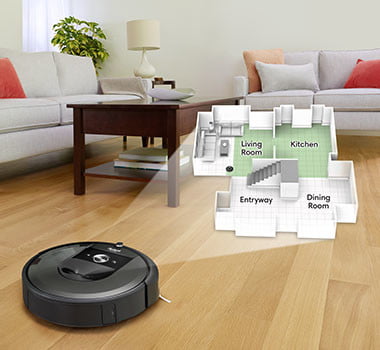
What is a mobile vacuum cleaner without its sensory and mapping? Not much. As you might suspect, the sensory and mapping component is how your robot vacuum cleaner navigates through your home, finds the best places to clean, and how it avoids crashing into furniture, pets, and unsuspecting ankles.
As a result, how well these sensory and mapping features work is pivotal towards the success of any robot cleaning machine. When iRobot crafted the Roomba, they made sure to have an exceptional navigational system.
With a front camera that continually scans and updates images, the Roomba logs information on what areas it should clean next, what sort of obstacles are in the way, and where it has already been cleaned.
It logs information on where it has already been cleaned by creating and storing a map of your home’s layout in its memory. This way, the Roomba (theoretically) should never repeat the same spot on the same cleaning run.
The Roomba is interesting because instead of creating a single scan of the room (which opens the mapping to have blind spots), Roomba instead takes several images and layers them on top of each other until it completes a sort of 3-D map of your layout.
And, because it makes continual edits and updates to the map, Roomba has a sophisticated mapping ability that allows for fewer bumps and crashes. Plus, the machine has sensors around its edge to prevent it from bumping and moving items around your home.
The POWERbot, too, comes with an onboard camera and sensors to deftly navigate your home. Samsung also equipped their bot with a coverage map, which shows you where your POWERbot has cleaned.
This can be especially helpful if you run your POWERbot every day but aren’t home to monitor it; with the coverage map, you have a guaranteed way to know where your bot is cleaning and when.
However, the POWERbot does struggle with some of its camera and navigation features. For example, sometimes darker items pose a bit of a blindspot for the POWERbot’s cameras.
The camera doesn’t have enough intel to differentiate from darker furniture—in its mind, it sees these darker items as empty space. The result is that it crashes right into the furniture, damaging furniture and possibly getting stuck along the way.
Additionally, the POWERbot has a front-facing camera with a 130-degree field of view to avoid head-on collisions. However, if something is in the turn radius that it doesn’t see and hasn’t mapped before, it will hit it.
Both machines have a lot of great features when it comes to their sensory and mapping capabilities. Both robots come with drop sensors on the bottom of the machines to reduce the frequency of bumping and crashing into furniture and objects. Both have excellent mapping and navigation.
However, Roomba’s cameras are a bit more sophisticated, meaning they will have fewer crashes and get stuck less often. As a result, Roomba has more effective sensory and mapping features and is a more successful machine because of it.
Ease of Use
When Roomba first hit the market, some people noticed: why make a circular robot to clean walls with corners and hard-to-reach nooks? Like one would expect, the first models certainly did have many issues reaching those tight corners.
Since then, iRobot has made leaps in bounds in adapting its machine to get those hard-to-clean nooks like corners. The Roomba comes equipped with iRobot’s PerfectEdge Technology in newer models, which has additional rubber sweepers that can sweep up dirt and dust from corners and nooks.
Samsung’s POWERbot also comes with an extension for tight nooks and crannies. Their machine has a rubber blade that extends out to clean the corners and edges of the wall.
Another great feature of the POWERbot is its ability to roll over. Have a lot of bulky items that interrupt smooth floors, like thick carpets? No problem. With Samsung POWERbot’s large wheels, the machine can smoothly conquer any obstacle, which means the transition from hard floors to carpet is seamless and is no big deal.
And its innovative design makes sure that the robot always knows whether it’s cleaning over hard surfaces (like wood flooring or tiles) or carpet and adjusts its cleaning accordingly. That way, you get both a hard floor vacuum and a carpet vacuum all in one.
Both machines come with premier, ease-of-use features like how they always turn themselves back to their charging dock. The Roomba also empties dirt into its own cleaning base, whereas with the POWERbot, you have to empty the dust compartment from the machine manually.
Overall, Roomba wins again due to a slight edge over POWERbot for ease of use and convenience.
Battery Life
The Roomba seems to outperform again with its powerful battery life. While other competitors have a battery life of an hour to 90 minutes, the Roomba has a battery life of up to an impressive 120 minutes.
However, it’s important to note that newer models of the Roomba (like the Roomba 980) have two modes of cleaning; one mode with a slower motor speed and one with a faster rate.
It should go without saying that the quicker motor speed will drain the battery life faster, which means if you have it set to a fast motor speed, it may not make it to the total 120-minute runtime.
While this function is especially helpful for deeper cleans (like when you need a more robust motor for carpet), if you have a home with a lot of carpeting, you will always need it at a faster speed.
Additionally, if you have the edge function on, the Roomba will take extra care to make sure it cleans all of the edges around your house, which will slow down your Roomba and will take longer to complete the entire cleaning of your home.
Overall, an average house with carpeting and hardwood floors typically has an average runtime of about 60 minutes per charge.
While some Roomba customers may feel frustrated about a potentially shorter runtime than advertised, POWERbot has an even shorter runtime.
To start, they advertise that their machine has the potential to run for 90 minutes. However, since the device has three speeds, the battery gets drained much faster as the machine has to switch back and forth between the different motor speeds.
With the POWERbot, you most likely will squeeze out less than an hour of total runtime. While some smaller homes may be fine with that, you may want to choose Roomba since it has a much longer battery life if you have a larger home.
On the other hand, if you have a smaller living space, you might be able to get away with the POWERbot. Either way, in terms of battery life, the Roomba is far superior.
Voice Commands, Remotes, and Controls
To make life easier, both the Roomba and the POWERbot can integrate with both an Alexa and a Google Home. However, neither vacuums cannot pair with Apple HomeKit as of yet.
Connecting with an Alexa or Google Home makes operating your personal vacuum cleaner much easier as you can use your voice to start, command your robot to stop, as well as command it to return to its dock.
If you’d like to control your vacuum cleaner through touch but not voice, both vacuums allow you to use a remote that allows you to steer the vacuum cleaner around the room. You can also use the controllers to pause, cancel the cleaning, and have the cleaner return to its dock.
A fun feature of POWERbot’s remote control is that it comes with a laser pointer that you can use to steer the vacuum cleaner around as it will follow the light wherever you point it.
Because of this cool added feature and since the two competitors are on relatively even footing in this section, it seems as though POWERbot has a slight edge over Roomba.
Environmental Impact
As the world becomes more and more environmentally conscious, many homeowners are reconsidering their household appliances concerning the consequences these appliances may have on the environment.
Picking up the cues from this recent social movement, iRobot is two steps ahead of the curve. It already has built-in environmental impact concerns into the blueprint of its latest Roomba models.
As a result, Roomba robot vacuums only take power when they are actively charing in their docks. Even if you were to leave your Roomba plugged in all day, it still consumes less energy than a standard vacuum cleaner (according to the research done by iRobot).
Furthermore, Roomba products are entirely compliant with the U.S. Department of Energy, EU, and other major regional regulations for power consumption and energy efficiency.
Samsung, too, has picked up the pace in terms of making their products more environmentally friendly. For example, the POWERbot comes with a washable filter for an environmental plus. Additionally, Samsung as a whole has garnered several awards for its sustainability practices.
Unfortunately, this is for the company as a whole and is not specific to POWERbot. Additionally, there is no further information available regarding POWERbot’s sustainability.
As a result, the only environmentally friendly feature of the POWERbot is its washable filters. For a company so hyper-vigilant about sustainability, this is a bit of a letdown.
However, from an environmental impact standpoint, it appears as though Roomba is the clear winner. Since they are compliant with energy consumption organizations and low energy consumption, Roomba seems to have a less negative impact than its competitor POWERbot.
Personalization
As machines become more and more advanced, the feature we’re all looking for is how well it adapts to the individual consumer. With Roomba, the machine actively adapts to your specific needs and behaviors to deliver exceptional cleaning services.
This sophisticated little robot learns your cleaning habits and schedule and then makes personalized suggestions for ideas that may totally slip your mind. For example, your Roomba may suggest increasing the cleaning during allergy seasons or dedicate more cleaning towards dedicated pet areas.
iRobot furthered the personalization for their machines when they launched their iRobot app, which connects to your cleaner on your phone. Through the app, users can tailor specific areas in their homes called “clean zones,” which are basically zones that tend to need the most work.
For example, a great clean zone would be under the kitchen table or under your kitchen counter, where you prep dinner every night.
This allows for targeted cleaning in specific areas or around objects that attract the most common messes. Use the app or speak to a voice assistant device and say something like, “Roomba, clean around the couch,” and Roomba knows right where to go.
This also works for areas that you would like Roomba to stay out of. You can program Roomba to stay away from “Keep Out Zones.”
Favorites enable users to create and access their own pre-set cleaning routines quickly. Create favorites like, “After Dinner” which instructs the robot to clean the dining room and in front of the kitchen counter. Or “Bedtime” to clean the playroom and living room floors. Or “Everywhere” to clean the whole home.
As a result, users now have a mini home cleaning control center located right on their phones. Furthermore, the app supports cleaning based on user habits and preferences, enabling a more intelligent and more efficient customer experience. It also provides greater insight into the robot’s cleaning performance.
Samsung POWERbot, on the other hand, Samsung also allows users to tailor their cleaning schedule to fit their home’s needs. For example, program cleaning time when it’s convenient for you with timed suction control, cleaning mode, and scheduling mode.
By connecting through your wifi, users can control the POWERbot remotely on your smartphone with a SmartThings app.
However, it does seem as though Roomba excels in the personalization aspect, too. Through their clean zones and no clean zones, plus specific suggestions based on your own cleaning habits, the Roomba far outperforms the POWERbot in terms of personalization.
Reviews
Unfortunately, Roomba has some mixed reviews. Looking at reviews on some of the newer models, it seems as though some customers significantly struggled to connect their Roombas to the wifi. Then, other customers seem to have equal issues with the Roombas navigating the apartment or home properly.
Some customers’ chief complaint is that the buttons on the actual machine don’t work, signaling they possibly bought faulty machines.
All in all, here are the main complaints about the Roomba:
- Can’t handle a significant amount of pet hair
- Some customers say the buttons don’t work
- Some customers can’t connect the machine to their wifi.
- Some customers complain the Roomba cannot navigate properly.
However, as many complaints as there were on third-party sites, their comment sections were also flooded with people who raved about their experiences with Roomba. Many customers say they love the app and that not only is the app easy to use, but they also enjoy a lot of its features, like being able to schedule cleaning times.
The POWERbot also has some poor reviews. Scrolling through their website, you’ll find post upon post upon a post from one frustrated customer to the next, exalting their frustrations that the POWERbot dies within just a few cleaning sessions.
Overall, most customers said that:
- The POWERbot vacuum consistently loses its charge before completing the cleaning cycle
- Materials (like added cleaning brush) wear out easily
- Dust pin must be emptied frequently, or else it clogs the machine
However, customers seem to like that the machine is an expert at cleaning around the wall edges or corners. Customers also appreciated that it seemed to return to its charging dock with no issues and that it breaks before bumping into an object head-on.
Even so, it appears as though the number of complaints from customers far exceeds positive reviews. So, the question remains: Roomba or Samsung? Based on the reviews, the choice seems to point to Roomba. The percentage of customers who are pleased with their Roomba purchases far outweigh the ones who are dissatisfied, while it seems the opposite is true for POWERbot.
Roomba vs. Samsung Powerbot: The Winner
On the broadside, it’s pretty clear that Roomba is the winner in a matchup of Roomba vs. POWERbot. Roomba has better personalization, better features, better for the environment, better navigation and mapping systems, and much better reviews.
This seems across the board, no matter what models you’re comparing. So whether Roomba i7 vs. Samsung POWERbot or an older Roomba vs. Samsung r7040. No matter the model matchup, Roomba seems to be the clear frontrunner when compared with Samsung.
Perhaps this is because iRobot’s sole focus is to design sophisticated robot cleaners for the everyday home. Since they coined the idea first and introduced the first model, they have tricks up their sleeves to keep their edge.
Either way, it seems as though iRobot and their line of Roombas are here to stay.
POWERbot Is Best for Buyers With Carpeting and Buyers With Pets
However, don’t discount the POWERbot just yet. There are some areas where the POWERbot excels, and that is with its exceptional strength, power, and muscle.
As a result, the POWERbot is an excellent choice for those who have a lot of rugs in their homes. Carpets are notoriously difficult to clean because dirt and hair get stuck in the fibers, and they need much more suction to get out.
Since the POWERbot has such immense strength and is powered by a shocking 30 watts of power, Samsung’s robotic vacuum cleaner may be the choice for you.
The same logic applies to those with pets. If you have a lot of pet hair floating around, you may want to opt for the machine with the most muscle to suck up as much hair as possible.
Final Word
Through all of the benefits and drawbacks, both machines are highly effective cleaners that any homeowner (or apartment dweller) should invest in so as to take their cleaning to the next level.
For the most part, the Roomba is the most suitable choice for homeowners because of its superior features and positive customer reviews. Then again, the POWERbot is excellent as it delivers much more suction than the Roomba, so it is a much better fit for those who need deeper cleaning on a more regular basis.

